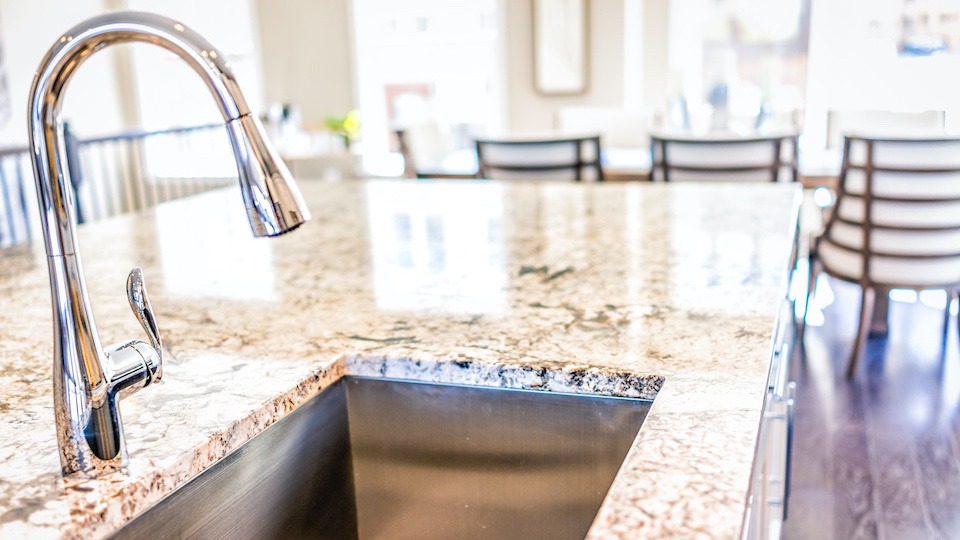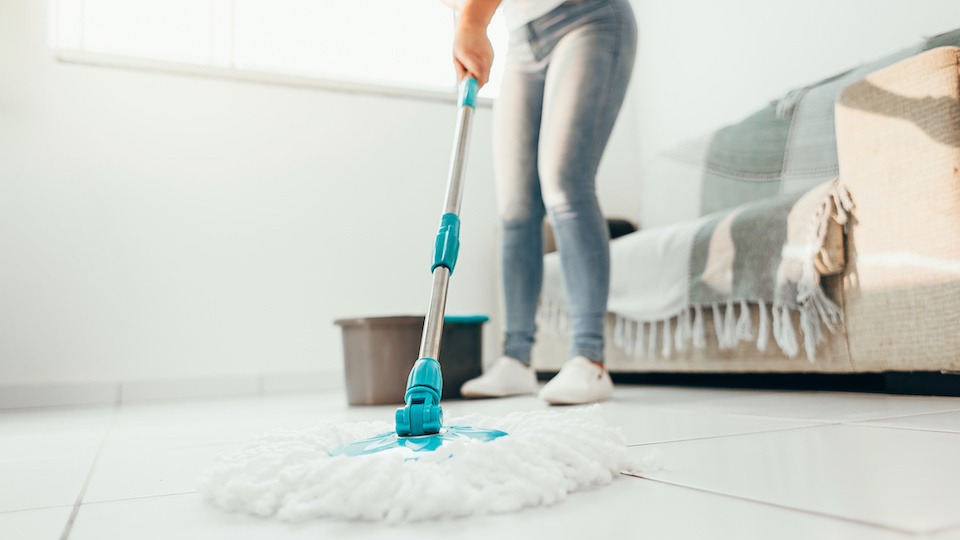Every year at a convention center in Las Vegas, there is a huge footwear industry expo. In fact, there are many such trade shows all around the world every year, where manufactures get the opportunity to showcase the latest and greatest in shoe technology and style. Up until a few years ago, virtually all fitness and running shoe manufacturers were hyping up their products for “support and stability.” They talked about things like ultra-supportive arches and deep, stabilizing heel cups.
Well, times have changed…Ongoing research into foot mechanics has recently turned the shoe industry upside down. Here’s why:
The mechanics of the human gait cycle are amazingly complex… how we are able to walk or run smoothly on two legs has baffled robotic engineers in their quest to build a robot that can walk or run like we can. For this article, we’ll keep our focus on the foot… and for the purposes of understanding how the foot is involved, a single step is generally broken down into three distinct phases:
Phase 1: Heel strike — The heel makes initial contact with the ground.
Phase 2: Stance phase — The weight shifts from the heel to the toe and compresses the arch and extends the toes.
Phase 3: : Toe-off — The toes flex and press into the ground, lifting the heel and propelling the leg into the next step.
For decades, this is what doctors, podiatrists, physical therapists and anyone else who studies the foot has learned. But recently, the textbooks are in need of some revision. As it turns out, the way we all learned it is not always true… in fact, it really only applies to people who routinely wear shoes.
In our society, parents celebrate their baby’s first pair of shoes as a milestone. Most babies get their first pair well before they even learn to walk. When baby outgrows that first pair of shoes, many families have a tradition of preserving them in bronze for posterity. What most of us (and our parents and grandparents) never realized is that first pair of Stride Rite’s unintentionally changed the way we all walk.
When a human knows that there is a soft rubber sole under their foot, they heel strike when they walk and run, just like it says in the textbooks. However, when people grow up barefoot, they tend to not strike the heel for a simple reason: it hurts. If you’re walking on uneven terrain, or ground covered in roots and rocks, you don’t want to smash your heel on the ground. It’s ideal to land on your midfoot instead, as this gives you more freedom to negotiate the terrain.
The same principle applies to running as well. People who run barefoot (like many famous African marathoners) tend to strike toward the ball of their foot. This shift in where the foot hits the ground results in vastly different biomechanics in the foot, the leg, and the rest of the body as well. Research has found that this barefoot style gait is much better for the body, and makes a big difference in terms of injury prevention.
Now, back to the shoe expo in Vegas. This broader thinking about foot mechanics has led to a revolution in shoe design and manufacturing. These days at the shoe conventions, the sales reps are promoting “minimal shoes” that are super light and have virtually no stability or support. “Stability and support” have now become bad words.
A new study performed by researchers at the University of Exeter examined the loading rate of 29 runners, some of whom wore supportive running shoes, and some of whom wore minimal shoes. The loading rate is how rapidly force acts on the foot, and plays a part in the risk of a running injury.
On the results, Dr. Hannah Rice, the study’s lead author, explained:
“Our research tells us that becoming accustomed to running with a forefoot strike in shoes that lack cushioning promotes a landing with the lowest loading rates, and this may be beneficial in reducing the risk of injury.”
It’s important at this point for comment about the new trend in minimal shoes, and changing your gait. You might have heard that in 2014, Vibram, the maker of Five Finger Shoes, was sued for false advertising based on their claims that their shoes would reduce injuries and strengthen the feet. Unfortunately, many people who wore them actually injured their feet ankles and legs while running in them. Vibram had to issue millions of dollars in refunds to runners with sore feet.
What Vibram and its customers did not understand at the time was that the mechanics of the foot matter a lot more than the shoe that is on it. The injured runners wearing minimal shoes got hurt because they ran like they used to… with a dominant heel strike, in a shoe that had no padding. Ouch.
The point of running (or walking) in minimal shoes is to encourage the user to hit the ground closer to the ball of the foot. In other words, to make you less likely to heel strike. Minimal shoes are designed to change the gait, starting at the foot, and they can work quite well for people who use them correctly. When people wear minimal shoes and actually do change their gait, the risk of injury to the feet, ankles, knees, hips, and spine do tend to decrease. But if people wear minimal shoes and continue to heel strike like they used to… the risk of injury increases significantly.
So, it’s not really about the shoes. It’s about what the shoes encourage you to do. It’s about the way your foot works inside your shoes that matters. While minimal footwear can be great for encouraging you to change your gait for the better, it’s even more important to be conscious of how you stand, walk, and run. The mechanics of your stride matters more than your shoes… walk softly.
– Dr. Joshua Levitt









